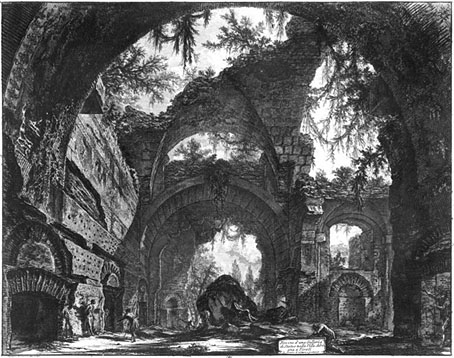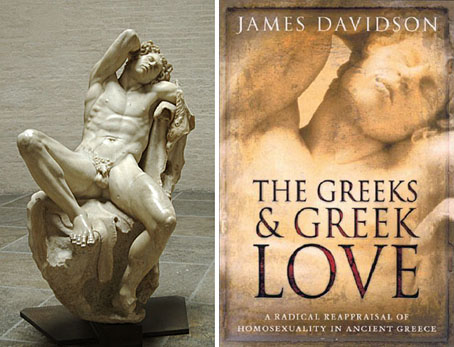Hadrian: Empire and Conflict is an exhibition based around the life of the Roman emperor which opens at the British Museum on 24 July and runs until 26 October, 2008.
This special exhibition will explore the life, love and legacy of Rome’s most enigmatic emperor, Hadrian (reigned AD 117–138).
Ruling an empire that comprised much of Europe, northern Africa and the Middle East, Hadrian was a capable and, at times, ruthless military leader. He realigned borders and quashed revolt, stabilising a territory critically overstretched by his predecessor, Trajan.
Hadrian had a great passion for architecture and Greek culture. His extensive building programme included the Pantheon in Rome, his villa in Tivoli and the city of Antinopolis, which he founded and named after his male lover Antinous.
This unprecedented exhibition will provide fresh insight into the sharp contradictions of Hadrian’s character and challenges faced during his reign.
Objects from 31 museums worldwide and finds from recent excavations will be shown together for the first time to reassess his legacy, which remains strikingly relevant today.
The Henry Moore Institute had an exhibition devoted to Hadrian’s lover Antinous last year. This week The Independent was looking at their relationship in light of the exhibition announcement, probably the most celebrated gay relationship in the ancient world.
Several of the artefacts (in the exhibition) relate to his male consort, Antinous, who accompanied him on his travels around the empire. These items include a poem written on papyrus, featuring the two men hunting together, and new finds that include memorials to the dead lover at Hadrian’s villa in Tivoli.
Although it was not uncommon for his predecessors to have taken gay lovers alongside a female spouse, Hadrian was unique in making his love “official” in a way that no other emperor had before him.

Ruined Gallery of the Villa Adriana at Tivoli.
I managed to see Hadrian’s villa at Tivoli when I visited Rome, a very well-preserved estate. One of my favourite places in the city, partly as a result of Piranesi’s drawings of the place, was the Castel Sant’Angelo which was built on the site of Hadrian’s Mausoleum. Piranesi also produced some renderings of the villa, including this splendid view of the ruined statue gallery.
And while we’re on the subject of antique sexuality, the provocative Greek sculpture known as the Barberini Faun appears in cropped form on the cover of a new book about homophilia in Ancient Greece, The Greeks and Greek Love by James Davidson. Davidson’s book looks like a fascinating work if this Guardian article on the subject is anything to go by, and a welcome tonic in the light of Frank Miller’s recent fabulations in 300.
Elsewhere on { feuilleton }
• The gay artists archive
• The etching and engraving archive
Previously on { feuilleton }
• The Cult of Antinous


